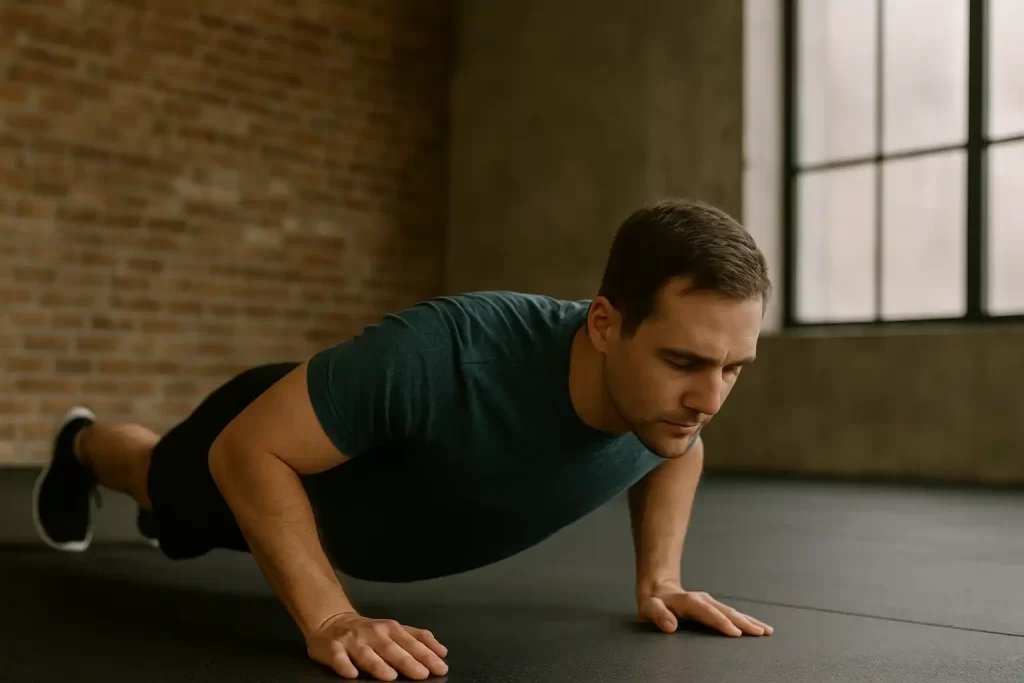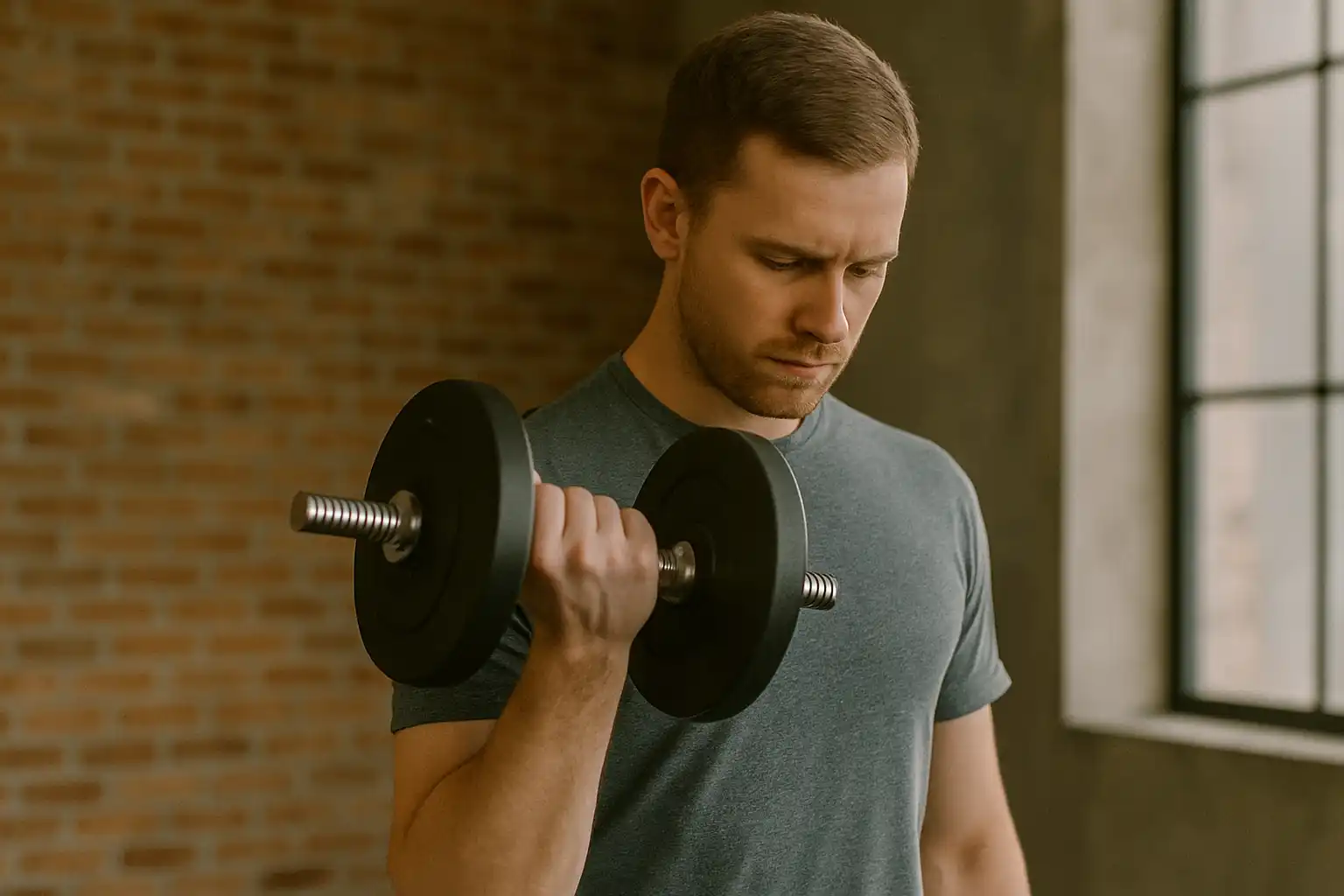There’s this moment in a workout where I always used to zone out—the lowering part of a lift. I’d push the weight up, or pull it, or jump, and then just kind of drop back into place and move on. Nothing special. Just part of the rep.
But recently, I started paying more attention to that “nothing special” part. Turns out, how you lower the weight actually matters a lot. Like, a lot more than I expected.
I wasn’t looking for a new method or anything. I just came across something called eccentric training, gave it a try, and realized I’d been skipping over one of the most useful parts of every workout.
So What Is Eccentric Training
In simple terms, it’s focusing on the lowering part of a movement. That moment when you’re resisting gravity instead of fighting against it.
- Lowering a dumbbell during a bicep curl
- Coming down into a squat
- Lowering your body in a push-up
Instead of rushing through it, you slow it down on purpose. That’s it. That’s eccentric training.
I didn’t expect it to change much, but honestly? It made the whole workout feel different.
What Happened When I Tried It
I didn’t change my workout plan. I didn’t lift heavier. I just started counting to three while lowering the weight. And suddenly:
- The same exercises felt more challenging
- My muscles were sore in that “this is working” kind of way
- I actually had to focus, which helped me stop thinking about what to eat later.
It was weirdly satisfying.
It Made My Form Better
Slowing down meant I couldn’t cheat the movement. No swinging, no bouncing—just steady, controlled movement. I noticed things like where my knees were during squats or how my shoulders moved during push-ups.
It Felt More Efficient
I didn’t have to do a ton of reps. A few slow, focused ones and my muscles were done. Perfect for days when I wanted to feel productive but didn’t have the energy for a long workout.
It Didn’t Feel Like “More Work”—Just Smarter Work
I didn’t feel like I was pushing harder. I was just paying more attention. That shift was enough to make a noticeable difference, especially as someone still figuring out what kinds of workouts actually work for me.

How I Started (Without Over-analysing It)
Here’s what I did:
- Picked one or two basic moves—usually squats, push-ups, or dumbbell curls
- During the lowering part, I’d count to three slowly
- Kept the lifting part normal
- Used lighter weights than usual
- Stopped when it started to feel like my body was losing control
No timers. No special equipment. Just a small shift in how I moved.
I’m not saying eccentric training is some kind of secret weapon—but it is one of those things I wish I’d tried earlier. It’s simple, it fits into whatever you’re already doing, and it helps you get more out of less.
If you’ve been going through the motions with workouts and want to feel more connected to what you’re doing—this might be worth a try. It’s low-key, but it works.
